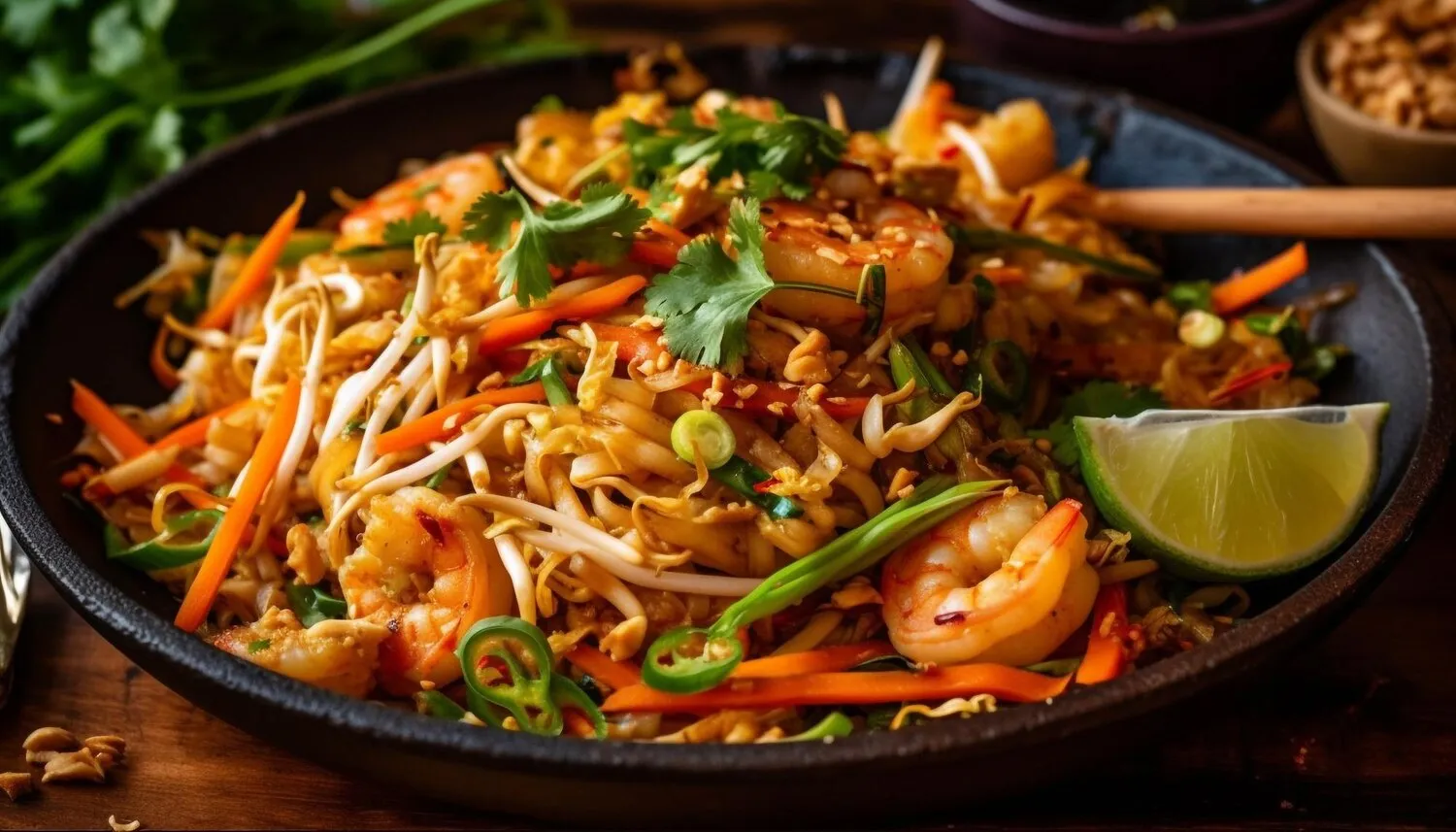
Beef Noodle Soup
This is likely their signature dish, featuring flavorful beef broth and noodles. Based on the name, it is expected to be the most popular.
Nutrition Facts
* The % Daily Value (DV) tells you how much a nutrient in a serving of food contributes to a daily diet. 2,000 calories a day is used for general nutrition advice.
Beef noodle soup's origins are debated, with some attributing it to the influence of Sichuanese cuisine brought over by Kuomintang soldiers after the Chinese Civil War. Others claim it evolved from street food in Kaohsiung, influenced by Cantonese flavors and techniques. Regardless, it rapidly became a defining dish of Taiwanese cuisine.
Beef noodle soup is more than just a meal in Taiwan; it's a symbol of national identity, culinary pride, and comfort food. It represents a blend of cultures and flavors, reflecting Taiwan's unique history and culinary landscape.
National Dish
Beef noodle soup is widely considered one of Taiwan's national dishes, showcasing the island's culinary ingenuity and blending of different regional influences.
Noodle Shops
Beef noodle soup shops are ubiquitous throughout Taiwan, ranging from humble street stalls to upscale restaurants. They are a social gathering place and a testament to the dish's popularity.
Annual Festivals
Taiwan hosts annual beef noodle soup festivals and competitions, highlighting the diversity of regional variations and celebrating the culinary expertise of chefs across the island.
Comfort Food
For many Taiwanese people, beef noodle soup evokes feelings of warmth, nostalgia, and home. It's a comforting and satisfying meal enjoyed during all times of the year.
Taiwanese beef noodle soup boasts a complex and savory flavor profile, balancing richness with subtle spices and umami.
The broth is the heart of the dish, typically made with beef bones, aromatics like ginger, garlic, scallions, and soy sauce. Often, fermented black beans (doubanjiang), chili bean paste (tobanjan), or star anise are added for depth and complexity. The beef is typically braised until incredibly tender, often using cuts like shank, brisket, or tendon. The noodles are usually thick and chewy, providing a satisfying textural contrast. Pickled mustard greens (suan cai) are a common topping, adding a sour and slightly spicy counterpoint to the richness of the broth. Chili oil or paste is often added at the table for extra heat.
Broth Quality
The broth is paramount. Use high-quality beef bones and simmer for a long time (at least 3-4 hours, or even overnight) to extract maximum flavor. Skim off any impurities that rise to the surface during simmering.
Beef Braising
Braising the beef low and slow is essential for tenderness. Use cuts with good marbling and connective tissue, as these will break down and add richness to the broth. Sear the beef before braising to develop a deep, caramelized flavor.
Noodle Selection
Choose thick, chewy noodles that can stand up to the rich broth. Freshly made noodles are ideal, but dried noodles can also work well. Cook the noodles al dente to prevent them from becoming soggy.
Suan Cai (Pickled Mustard Greens)
Suan Cai adds a crucial tangy and slightly spicy counterpoint to the richness of the broth. Rinse the suan cai before adding it to remove excess saltiness. Some people prefer to stir-fry the suan cai before adding it as a topping.
Chili Oil
A drizzle of chili oil or a spoonful of chili bean paste allows diners to customize the level of spice to their preference. Homemade chili oil adds a unique and flavorful touch.
Explore additional Noodles dishes and restaurants
Explore NoodlesDiscover top dining spots and culinary experiences in München.
Explore MünchenLearn more about the food culture, restaurant scene, and culinary heritage of Germany.
Explore Germany